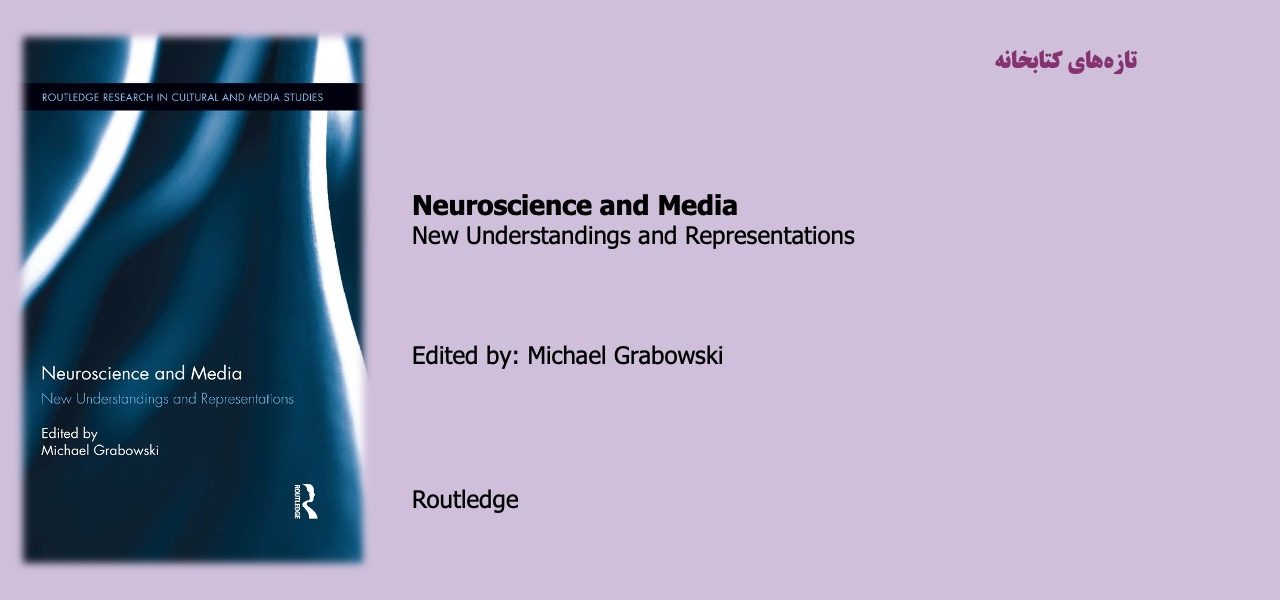Neuroscience and Media

The brain is the medium of the mind, the physical substance that gathers, stores, recalls, and generates perceptions, information, ideas, and emotions. Despite its central role in understanding our environment, how the brain functions had long remained a mystery.
Over the last twenty years, however, new tools have allowed researchers to peer inside the brain while it works. Most notably, functional magnetic resonance imaging (fMRI) tied to computational techniques has provided a non-invasive technique to monitor brain activity down in real time to the resolution of less than a cubic millimeter. Older technologies like EEG have improved their resolution, and patients waiting for brain surgery have volunteered to have specific neurons stimulated or monitored without harm for the purpose of research. Scientists have a much more nuanced understanding of the role of neurochemistry in brain function, and genetic engineering has allowed researchers to modify the blueprint used to build the brain in some animals. Most recently, the New York Times reported on the Human Connectome Project, an effort to map the neural pathways of the brain.
More advances likely are to come quickly, as President Obama proposed early in 2013 a $100 million initiative dedicated to mapping the human brain. Comparing the endeavor to the development of the microchip and the Internet, the President said, “. . . we still haven’t unlocked the mystery of the three pounds of matter that sits between our ears.”
مطالب مرتبط

کتاب تمرین درمان شناختی – رفتاری برای مشکلات سلامت روان
۱ / اردیبهشت / ۱۴۰۴

درآمدی بر روانشناسی خرد
۱ / اردیبهشت / ۱۴۰۴

سرشت – چگونه سیمکشی مغزهای ما هویت ما را تعیین میکنند؟
۱ / اردیبهشت / ۱۴۰۴

